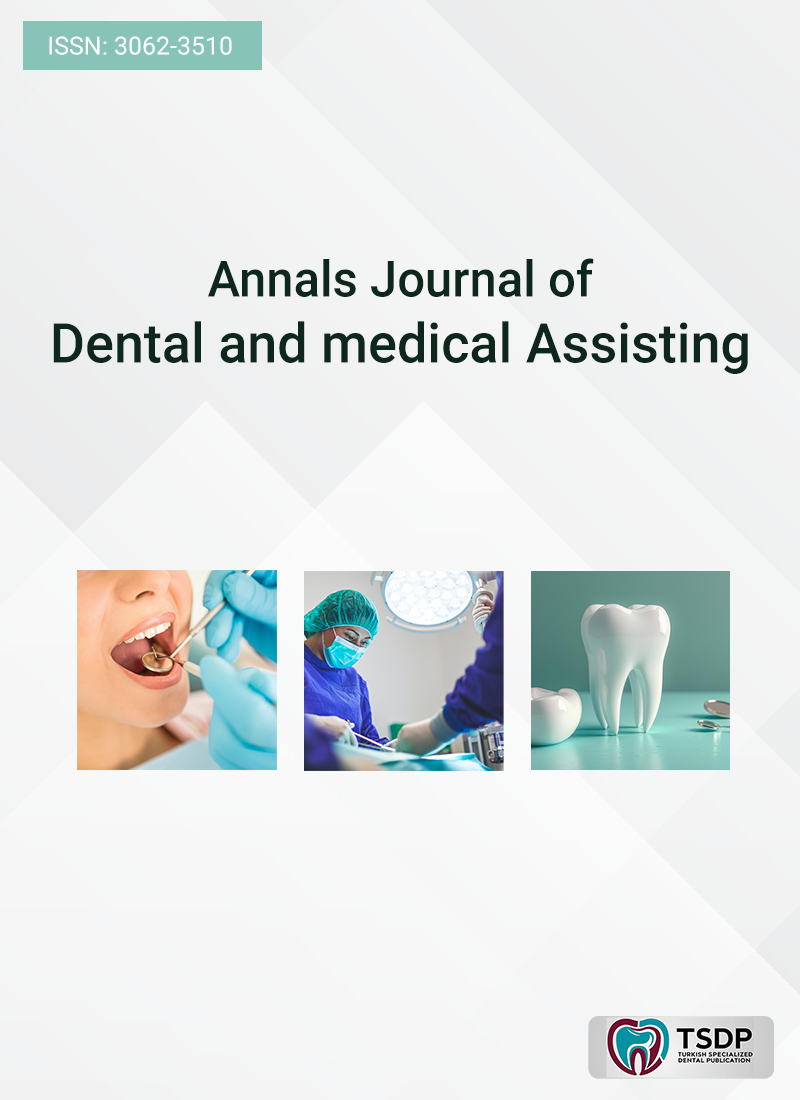
Sleep-disordered breathing (SDB) encompasses conditions that increase the tendency of the upper airway to collapse during sleep, potentially affecting children’s health and development. This study aimed to determine how common SDB is in children undergoing orthodontic treatment and to identify factors that may contribute to its occurrence. A cross-sectional analysis was performed on 60 children aged 7–12 years who visited the orthodontic clinics at Aga Khan University Hospital, Karachi, Pakistan. Parents or guardians completed a validated Pediatric Sleep Questionnaire (PSQ) and an additional survey on health history and potential risk factors for SDB. Logistic regression analysis was used to explore associations between SDB risk and relevant factors. Twelve children (20%) were classified as high risk for SDB (PSQ score ≥33%). Children with a history of allergies were nearly four times more likely to be at high risk (odds ratio = 3.96, p = 0.049). Male children showed a higher likelihood of SDB compared to females. SDB affected one in five children in this orthodontic population, with allergies more prevalent among those at high risk. These findings highlight the importance of integrating routine SDB screening in orthodontic care to identify children who might not be detected in standard pediatric settings.